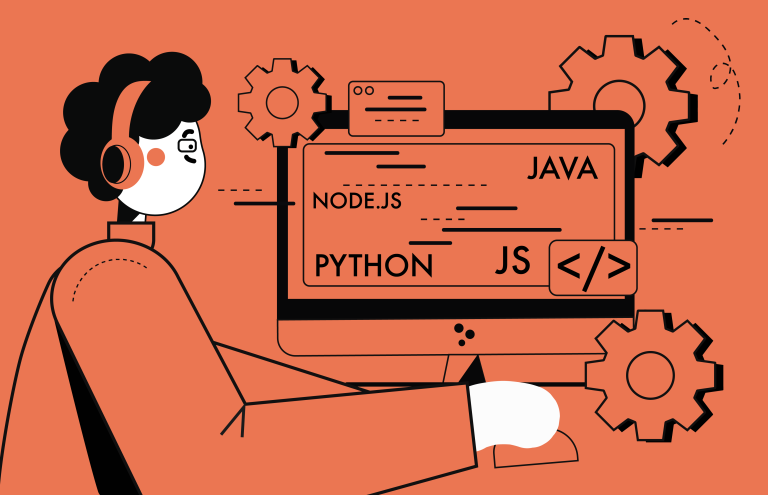Tips of Building Large scale Applications in PHP
In the rapidly evolving world of web development, building large-scale applications in PHP requires meticulous planning, robust architecture, and a deep understanding of best practices. This guide aims to provide detailed insights and practical steps to help you develop scalable, efficient, and maintainable PHP applications.
Understanding the Fundamentals of Large Scale Applications in PHP
Large-scale applications demand more than just coding skills. They require a strategic approach to architecture, database management, security, and performance optimization. Here, we delve into the core principles that lay the foundation for building successful large-scale PHP applications.
Strategic Planning and Requirements Analysis
Before diving into coding, comprehensive planning is crucial. This involves:
- Defining Requirements: Clearly outline the application’s functionalities, user roles, and performance criteria.
- Feasibility Study: Assess the technical and economic feasibility of the project.
- Risk Management: Identify potential risks and devise mitigation strategies.
Choosing the Right Architecture
Selecting an appropriate architecture is vital for scalability and maintainability. Popular architectural patterns include:
- Monolithic Architecture: Suitable for smaller applications but can become complex as the application grows.
- Microservices Architecture: Divides the application into smaller, independent services, enhancing scalability and fault tolerance.
Efficient Database Design
A well-structured database is the backbone of any large-scale application. Key considerations include:
- Normalization: Minimize redundancy and ensure data integrity.
- Indexing: Improve query performance by indexing frequently searched fields.
- Sharding: Distribute data across multiple databases to enhance performance and scalability.
Best Practices for Development
Adhering to best practices during development ensures that your application is robust and maintainable.
Code Quality and Standards
Maintain high code quality by following standard coding practices:
- PSR Standards: Adhere to PHP-FIG’s PSR standards for consistency and interoperability.
- Code Reviews: Regularly review code to catch errors and improve quality.
- Automated Testing: Implement unit tests, integration tests, and end-to-end tests to ensure reliability.

Version Control
Utilize version control systems like Git to manage code changes effectively:
- Branching Strategy: Use a branching strategy like Gitflow to organize feature development, bug fixes, and releases.
- Continuous Integration: Integrate changes frequently and automate testing to detect issues early.
Security Best Practices
Security is paramount in large-scale applications. Key practices include:
- Input Validation: Validate and sanitize all user inputs to prevent SQL injection and XSS attacks.
- Authentication and Authorization: Implement robust authentication mechanisms and ensure proper authorization controls.
- Data Encryption: Encrypt sensitive data both at rest and in transit.
Performance Optimization Techniques
Optimizing performance is critical for ensuring that your application can handle high traffic volumes.
Caching Strategies
Implement caching to reduce database load and improve response times:
- Data Caching: Use systems like Memcached or Redis to cache frequently accessed data.
- Page Caching: Cache entire pages or parts of pages to speed up content delivery.
Load Balancing
Distribute traffic across multiple servers to enhance availability and performance:
- Round-Robin: Distribute requests evenly across servers.
- Least Connections: Direct traffic to the server with the fewest active connections.
Asynchronous Processing
Offload time-consuming tasks to background processes:
- Message Queues: Use systems like RabbitMQ or Apache Kafka to manage background tasks.
- Job Scheduling: Implement job schedulers like cron jobs to execute tasks at specific times.
Maintenance and Monitoring
Ongoing maintenance and monitoring are essential for ensuring long-term success.
Logging and Monitoring
Implement comprehensive logging and monitoring to track application performance and detect issues early:
- Log Management: Use tools like ELK Stack or Graylog for centralized log management.
- Application Performance Monitoring (APM): Implement APM tools like New Relic or Datadog to monitor application performance in real-time.
Regular Updates and Patching
Keep your application and dependencies up-to-date to mitigate security vulnerabilities and enhance performance:
- Dependency Management: Use tools like Composer to manage dependencies and automate updates.
- Security Patches: Regularly apply security patches to address known vulnerabilities.
Conclusion
Building large-scale PHP applications requires a comprehensive approach encompassing strategic planning, robust architecture, adherence to best practices, and continuous performance optimization. By following the guidelines outlined in this guide, you can develop scalable, secure, and efficient PHP applications capable of handling high traffic and complex functionalities.






